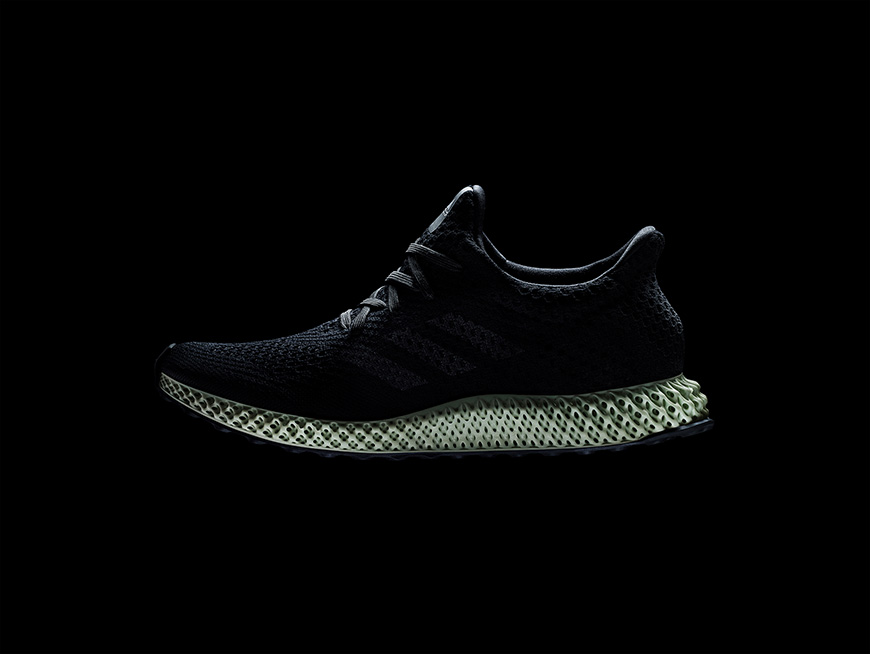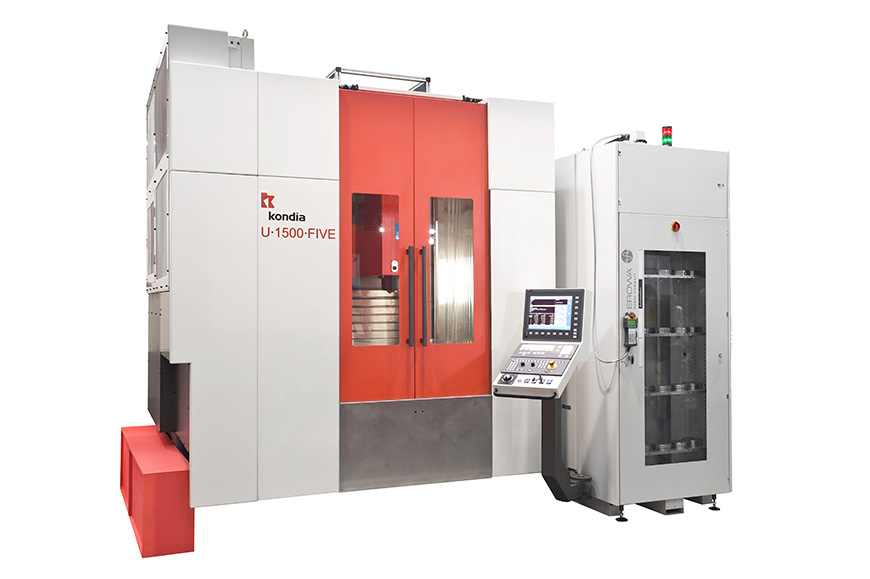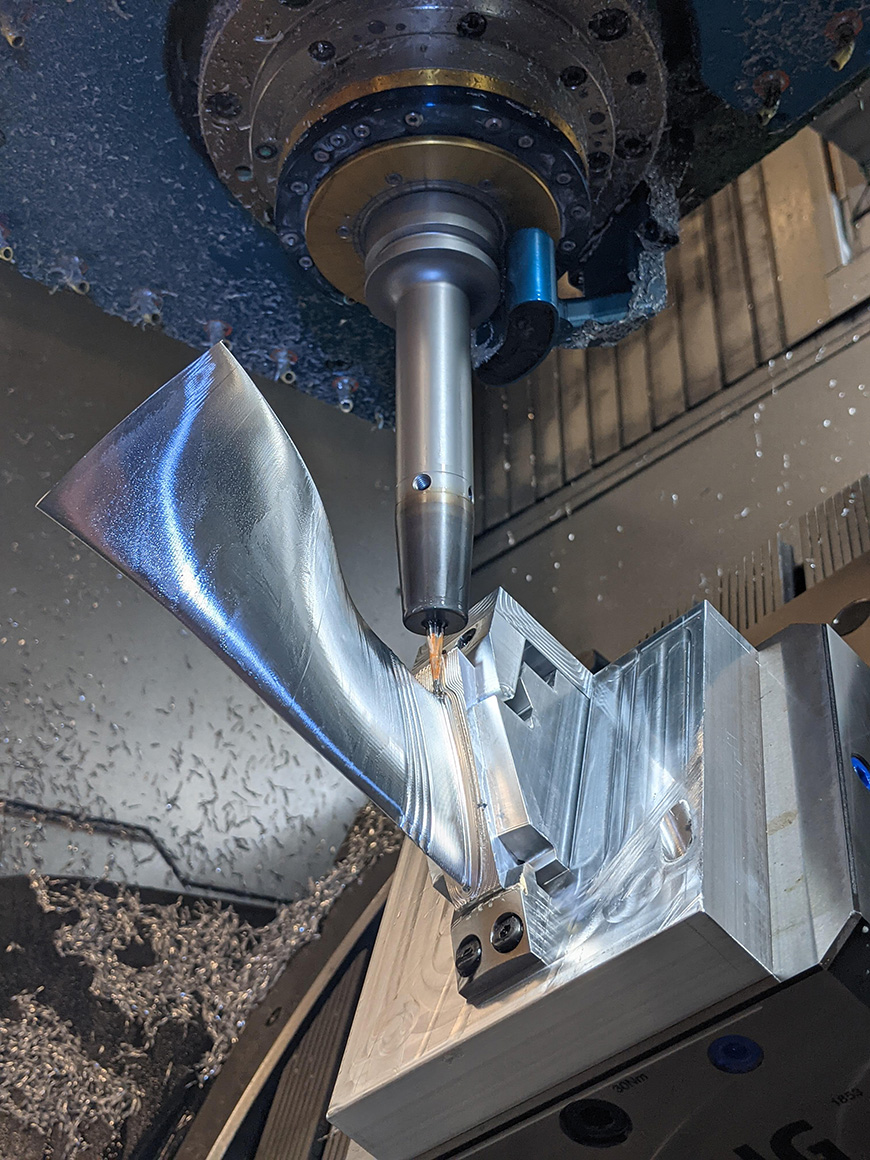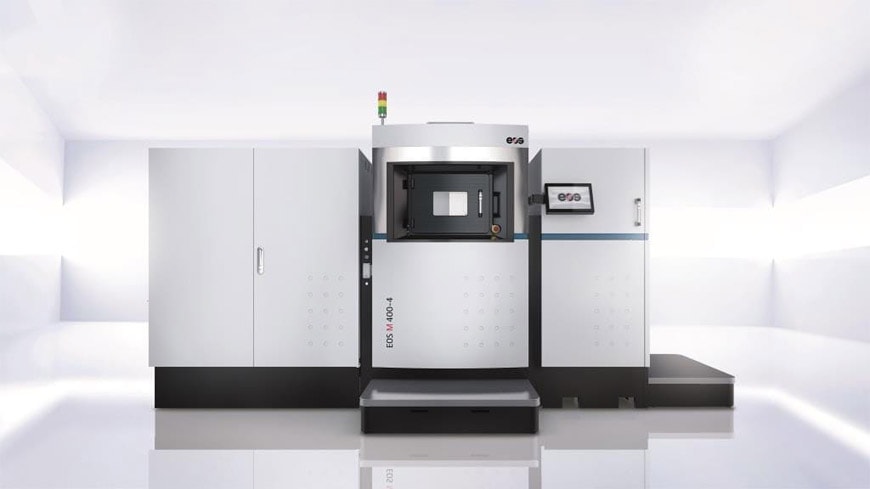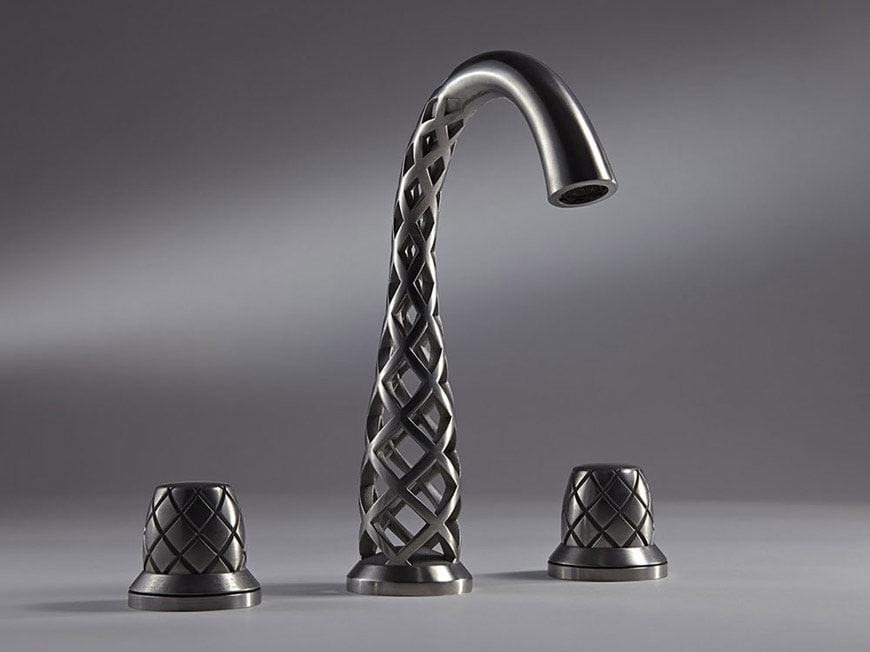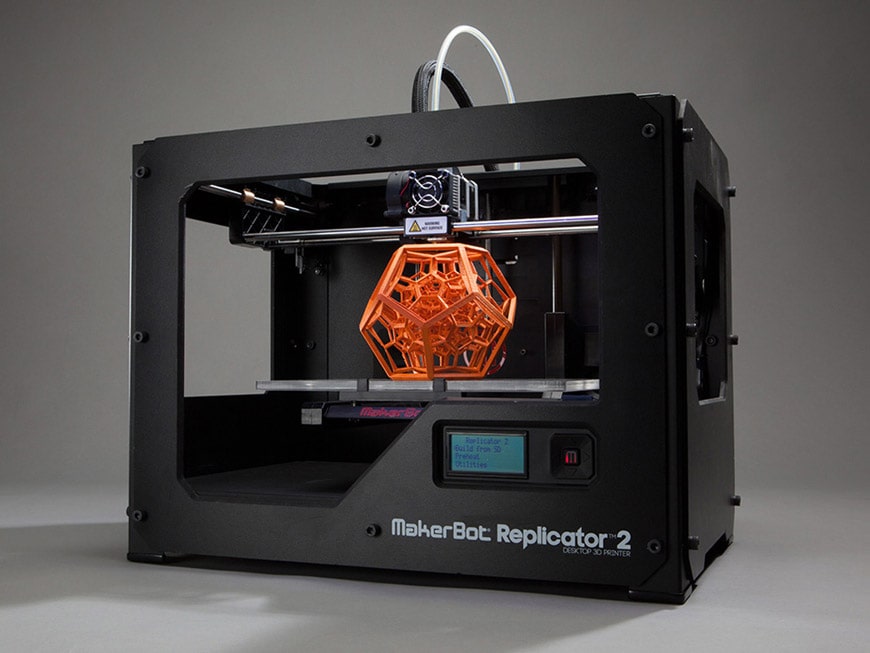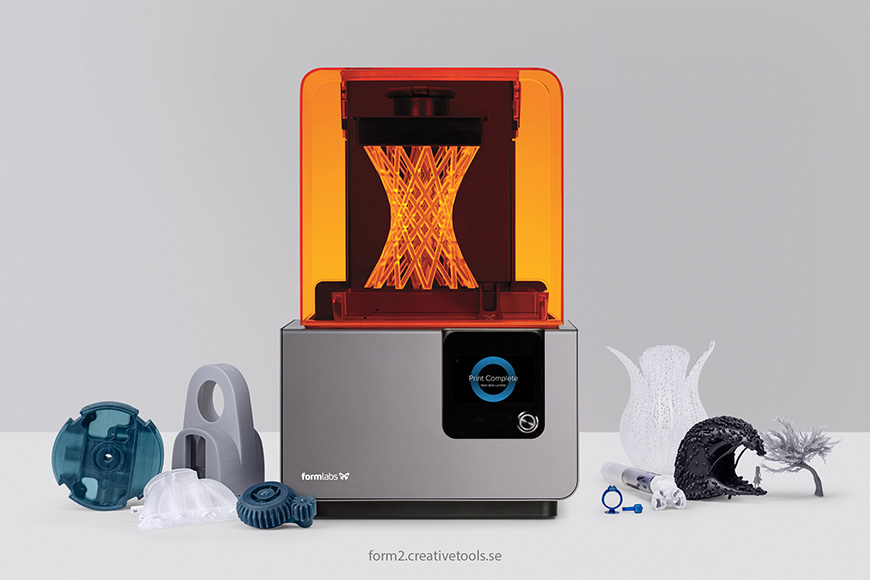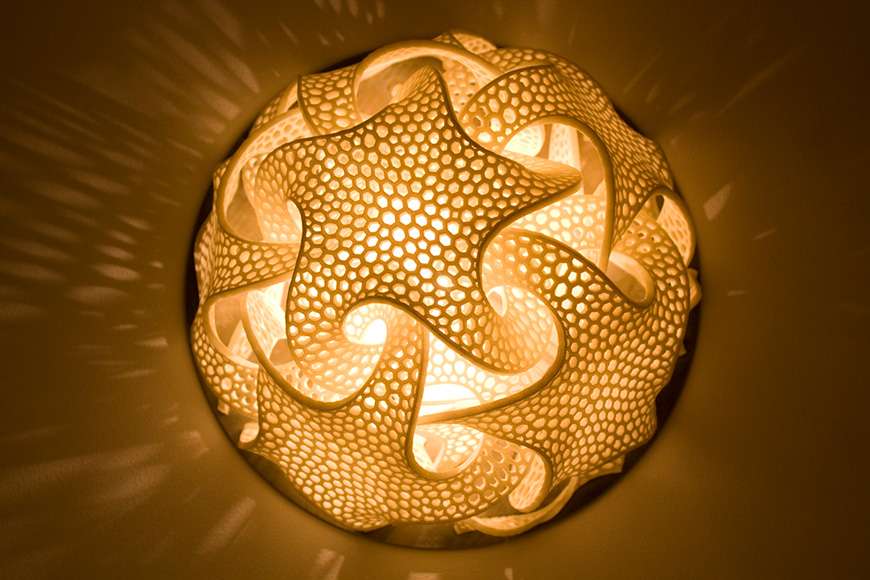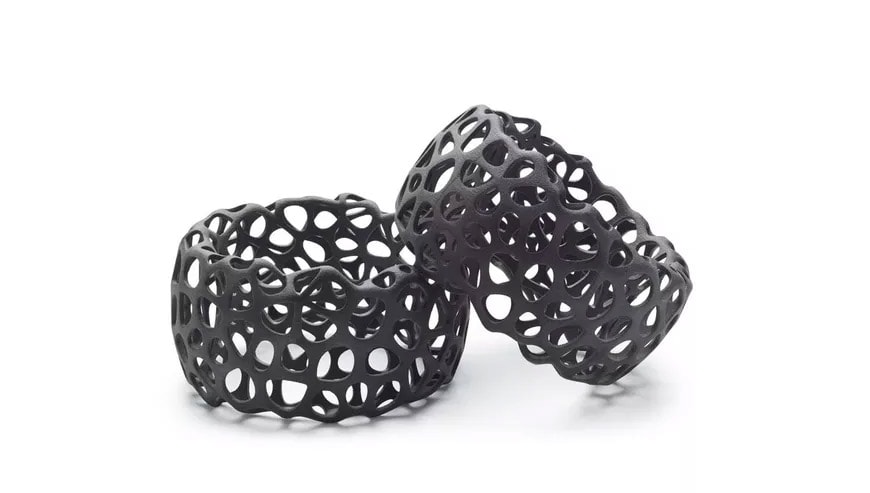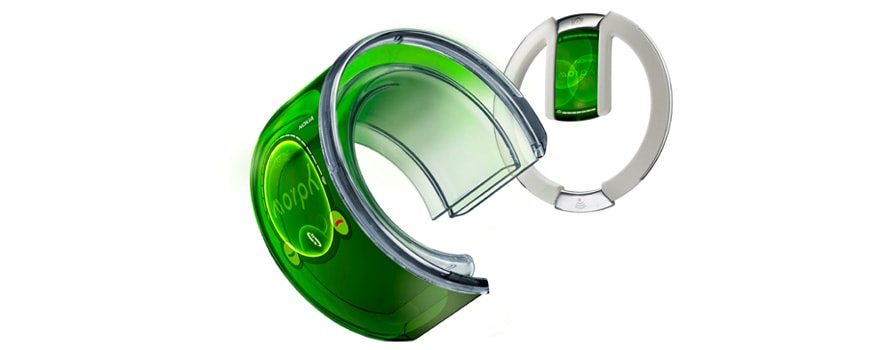3D printing and digital manufacturing, is this the future of design?
The Adidas Futurecraft 4D running shoe is one of the first large-volume products to include 3D printed parts; images courtesy of Adidas.
3D printing and digital manufacturing, is this the future of design?
In recent years, the huge popularity of 3D printing and digital manufacturing and the great expectations it brought have caused mixed reactions in the design world.
On one side, there are those looking at it as the “Holy Grail” that will shape a better future; on the other, some deem it a frontal attack against craft skills and human-oriented design.
Whatever your opinion, the dream of a technology that could allow small design firms and designer-makers to create low-volume products in-house, without relying on external manufacturers and 3rd-party services, seems closer than ever. But, is it so?
To help our readers know what opportunities 3D printing (which “professionals” actually call addictive manufacturing) can offer today to designers and producers, we have prepared a short guide presenting its most popular technologies and what they can do to date.
In brief, five main 3D digital manufacturing technologies are available to small manufacturers and designer-makers, as of 2018.
CNC Milling
Even if they are not 3D printing devices – since they use subtractive manufacturing while three-dimensional printing is always an additive manufacturing process – CNC milling machines are one of the most popular solutions to make limited-series and unique pieces. They usually consist of a 3, 4, or 5-axis milling device – driven by a PC and CAM software – which “carves” three-dimensional objects from a solid block of various materials – plastic, wood, metal, and so on, depending on the machine type and the characteristics of the milling cutter.
The main advantages of CNC Milling are that it can work with a wide range of industry-grade materials preserving their typical mechanical properties and durability and that it is based on a well-known and reliable technology.
The cons are that professional CNC machines, their replacement parts, and consumables, are expensive and use rough materials in an inherently inefficient way, often producing much trimmings. Furthermore, CNC milling is rather slow and energy-consuming, and making hollow objects and undercuts is very difficult, sometimes impossible. It is a technology mostly used to make mechanical parts, fashion accessories, and pieces of furniture.
A Kondia U-1500 5-axis milling machine produced by Spanish company Fagor Automation (CC BY-ND 2.0).
The CNC milling of a fan blade for an aviation engine; photo Department of Engineering, University of Cambridge (CC BY-NC-ND 2.0).
3D Laser and electron beam printing
3D laser printing machines use the light emitted by a laser to melt powder (either single-component – usually a metal, mineral, or polymeric or a mixture of powder and other materials) in one thin layer on top of another to make three-dimensional objects, even with moving parts.
Sometimes, especially with polymeric materials, the powder is not fully melted but “compacted” by the laser through a process known as selective laser sintering.
A slightly different technology uses an electron beam, which is more powerful than a laser, to melt metal powders faster.
Pros: it works with a large variety of materials, including stainless steel, aluminum, copper, titanium, gold, nylon, and polyamide; it can produce objects with very complex geometries quickly and precisely; it doesn’t require support structure during manufacturing; pieces often have excellent mechanical properties. Cons: equipment and materials for Laser-based 3d printing are expensive (for example, metals should be transformed into an extremely fine powder through a complex and expensive grinding process); energy consumption is often prohibitive; the manufacturing of medium-sized and large objects has been extremely difficult so far; the surface of unfinished pieces is typically porous and require an additional finishing process.
This technology is mostly used to make jewels, in the medical industry, for high-end mechanical parts, and in the aerospace industry.
An M 400-4 laser sintering 3D printer by German company EOS; and an American Standard DXV metal faucet created using Direct Metal Laser Sintering (DMLS).
Fused Filament Fabrication
In Fuse Filament Fabrication (also known as FFF), a thin filament of thermoplastic (usually ABS, or polycarbonate) is extruded and deposited in thin layers (about 0.2 mm thick) by a computer-controlled nozzle, bottom to top.
It is the only 3D printing technology almost everyone can afford since equipment and materials are among the less expensive in the 3d printing industry. Consumer fused filament printers, such as the MakerBot Replicator, are currently available for about $1,200.
Pros: it can use industry-grade materials; manufactured pieces can be relatively large and have good mechanical properties and durability. Cons: it currently processes mainly plastic materials, although different materials (including natural fiber-based biopolymers, metals, concrete, and even food) are under test; unfinished pieces have rough surfaces. Applications: limited-series objects – including furniture and garments -, models, and prototypes.
A Replicator 2 fuse filament 3D printer produced by American company MakerBot; image Creative Tools (CC BY 2.0).
This dress was printed using a variant of FFF called Fused Deposit Modeling or FDM developed by the American company Stratasys. Designed by Iris van Herpen and Neri Oxman in collaboration with Prof. W. Craig Carter, printed by Stratasys, Anthozoa Cape, and Skirt, Voltage Haute Couture Collection, 2013. Object Connex multiple materials; 3-D printed © M. Zoeter x Iris van Herpen. Photography by Ronald Stoops courtesy of Museum of Fine Arts, Boston.
Stereolithography and digital light synthesis
Developed in the late 70s, stereolithography is the oldest 3d printing technology. It is conceptually similar to laser sintering but based on different physical principles; it uses ultraviolet light (usually produced by a UV laser) to polymerize liquid photopolymer resins into various plastic materials (depending on the photopolymer used). Depositing layers (typically 0.1 to 0.2 mm thick) from bottom to top, stereolithography machines can manufacture complex and detailed objects. More advanced versions of the original stereolithography technology, such as the so-called digital light synthesis, utilize new resins and improved processes to make better-quality products at a lower cost.
Pros: it’s the fastest, the most established, and the most widely available of all 3D printing technologies. Cons: it works only with plastic-like materials; manufactured objects have limited mechanical strength and duration sometimes; photopolymers are expensive.
This technology has been used mostly to make moldings, prototypes, and models; yet, some companies are experimenting with it also for medium-scale manufacturing of plastic products, and in the fashion industry.
A $4,000 Form 2 desktop stereolithography 3D printer produced by American company Formlabs; photo Creative Tools (CC BY 2.0).
Above, the Quin.MGX lamp, designed by American artist and designer Bathsheba Grossman and manufactured by Belgian company Materialise through stereolithography 3d printing; photo Carolien Coenen (CC BY-NC-ND 2.0).
Inkjet 3D and binder jetting printing
In binder jetting several inkjet-like nozzles deposit layers of metal, mineral, or plastic powder and layers of liquid binding resin alternatively. After the powder in excess is removed, the resulting piece has the desired shape but is mechanically weak, typically, and should be further strengthened, for example by infiltration of a strengthening agent, baking it in a furnace, or both.
Pros: fast and precise (<0.1 mm); production-grade materials, good mechanical properties. Cons: machines and materials are still expensive. Applications: low-volume manufacturing of metal, plastic, and ceramic objects.
A different 3D inkjet technology uses a photopolymer (such as in the PolyJet system) or a plastic powder (for example a polyamide one) and a fusing agent, sprayed by nozzles and solidified by the light of a UV lamp.
Pros: fast and precise (<0.1 mm); good mechanical properties. Cons: machines and materials are still expensive and can use only plastic-based materials. Applications: low-volume manufacturing of synthetic-material products, including sports equipment, fashion accessories, shoes, etc.
An HP 3D Jet Fusion 4210 printing system and a sample product manufactured by the same system; images courtesy of HP.
In a nutshell
In most cases, none of the mentioned technologies is competitive for even a low-volume production compared to traditional manufacturing systems, at the moment. The problem is that 3D printing hardware and materials are still expensive, and their running costs are high.
Speaking of costs and prices is rather difficult since they range from a few hundred dollars for a consumer fuse filament printer to hundreds of thousands for an HP professional jet fusion system. Some companies, such as California-based Carbon, don’t sell their printing systems but rent them for an annual fee of tens of thousands of dollars.
For final product manufacturing, the most promising 3D printing solutions in a medium-short period are CNC milling (which is not a printing technology, as said) and Fused Filament Fabrication (whose product range is mostly limited to plastic objects); also some improved versions of stereolithography look rather promising.
Therefore, applications for which 3D printing is most used are currently restricted to rapid prototyping, model making, and production of unique pieces and other high-value items, for the medical, jewelry, and aerospace industries. In such cases, old “analog” manufacturing techniques are often slower, more expansive, and less flexible than digital ones.
Three-dimensional printing makes sense when it is impossible to produce an object differently; for example, when the geometry is so complex that it can’t be made with traditional processes. General Electric, for example, produces fuel nozzles for its LEAP turbofan engine through electron beam metal sintering since their complex shape would be too difficult to make through analog manufacturing techniques like metal casting.
The 3D printed nozzle for the GE LEAP jet engine is made through electron-beam metal sintering, since its tips’ interior geometry, comprising more than 20 parts, was so complex that it was almost impossible to make it with traditional techniques; photo Adam Senatori for GE Reports, courtesy of GE.
Future Scenarios and Industry 4.0
If 3D printing of large-volume products is in its infancy, things could be different in the future, particularly for plastic and synthetic object manufacturing.
If the costs for equipment and materials diminish, it will be possible to produce items “on-demand” without the need for molds, warehouses for spare parts, and large factories, since production could be disseminated into a myriad of smaller manufacturing units, substantially reducing design-to-shelf time.
An example of upcoming transformations in manufacturing triggered by new production technologies is Adidas, which makes soles for its Futurecraft 4D shoe in Europe and the United States through digital light synthesis printing units, instead of producing them traditionally in Asian factories.
Potential advantages for the industrial sector can be expressed by three keywords: customization, dissemination, and speed.
Customization, meaning the capability to “tailor” a product to customers’ needs, is greatly enhanced because for a 3D printer to produce a single piece or thousands of identical copies doesn’t make any difference, conceptually; since it doesn’t use molds, standardized spare parts, and so on.
Dissemination is somewhat intrinsic in the “autarchic” nature of digital manufacturing; the same object can be replicated, identical to itself, by hundreds of single machines, each part of a network of production units disseminated across the world and interconnected through the internet. More than Industry 4.0, this scenario looks like a piecework 2.0, in which there will be no more large factories, crowds of employees, and union representatives.
Finally, Speed means that the time between a product’s conception and its availability in stores can be reduced from months to weeks with 3D printing, according to several recent studies, mostly because of the capability of 3D printers to make different products indifferently, and because disseminated production units will be much closer to retail stores, if not directly located into them.
The sole of the Adidas Futurecraft 4D running shoe is one of the first large-volume items produced by 3D printing (namely, Carbon’s digital light synthesis); courtesy of Adidas.
Conclusions
Thus, 3D printing can soon reveal a two-faced personality; on one side, providing great freedom to independent designers and small businesses, who will be able to go from concept to production almost in real-time; while on the other side eradicating entire industrial districts, together with their manufacturing skills and know-how.
Another potential issue is that of copyright protection; if today replicating somebody else’s product requires some industrial plant (which nevertheless doesn’t prevent unauthorized copying, as we all know), tomorrow everyone who possesses the geometric model of an item (possibly illegally downloaded from the internet) and a 3D printer could potentially “hack” a product, whether a table lamp or a gun, replicating it ad-lib.
The pros and cons of this scenario also depend on personal opinions and ethical views. Anyway – whether 3D printing will prove capable of enhancing creativity and providing new opportunities to open-minded designers, or it will become just an instrument subservient to the needs of big companies – it will be something we will all have to reckon with, very soon.
copyright Inexhibit 2024 - ISSN: 2283-5474

